Cycling 30 miles is a common goal and impressive feat for many recreational riders. But just how long will it take you to conquer that distance? The answer depends on several key factors like your fitness level, the terrain, weather conditions, and your overall strategy for the ride.
In this comprehensive guide, we’ll cover everything you need to know about tackling a 30-mile bike ride. We’ll look at typical times for beginner, intermediate, and advanced cyclists. You’ll learn how to set a realistic goal pace for yourself, create a training plan, optimize your nutrition and gear, and much more. Let’s dive in!
2 Hours for 30 Miles: Is it an Impressive Biking Feat?
For an average recreational cyclist, biking 30 miles in about 2 hours (maintaining a 15 mph pace) is considered a very respectable benchmark time and achievement. It demonstrates solid active fitness and endurance.
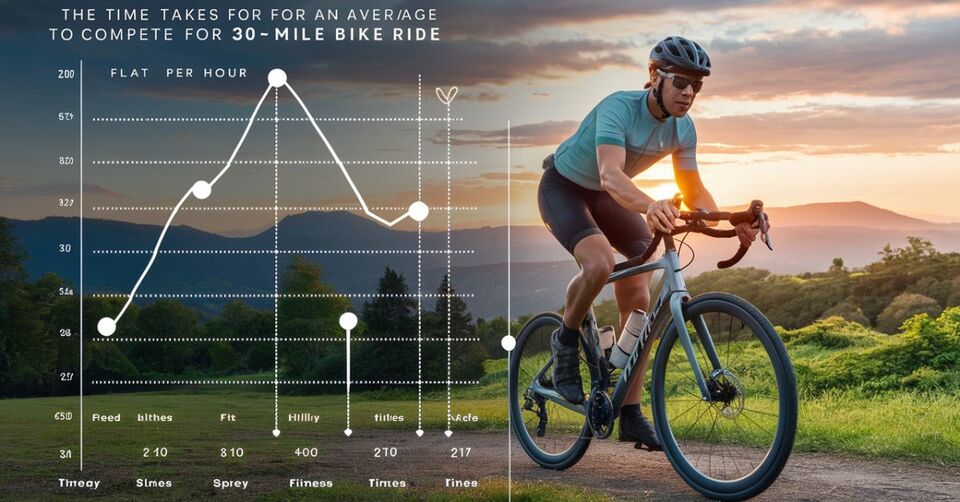
That said, cycle enthusiasts and competitive riders may not find a 2-hour time for 30 miles to be particularly mind-blowing. Very fit cyclists can often complete the distance in closer to 1.5 hours while racing. However, for casual riders just looking to challenge themselves, 2 hours is an excellent target.
The key is judging your performance based on your own fitness level and experience. Here are some general guidelines on what to expect at different skill levels:
Beginner cyclist (little to no experience):
- 30 miles: 2.5 – 3.5 hours
- Avg. Speed: 10-12 mph
Intermediate cyclist (occasional long rides):
- 30 miles: 2 – 2.5 hours
- Avg. Speed: 13-15 mph
Advanced cyclist (trained and experienced):
- 30 miles: 1.5 – 2 hours
- Avg. Speed: 16-20 mph
Elite cyclist (excellent fitness, pro/semi-pro level):
- 30 miles: 1 – 1.5 hours
- Avg. Speed: 20+ mph
So in summary, while a pace of 15 mph (2 hours for 30 miles) is attainable for an average rider, it can still be considered an impressive feat of cycling fitness and endurance for recreational purposes.
Go for It
Whether you’re just getting into cycling or have been riding for years, 30 miles is an excellent goal to work towards. Completing that distance is a massive sense of accomplishment and achievement. It’s the kind of challenge that pushes your limits in the best way possible.
I still vividly remember the first time I successfully biked 30 miles. The feeling of euphoria and pride was amazing. Sure, I was exhausted and my legs were jelly at the end. But I’d overcome a huge mental and physical barrier. If you’re on the fence about taking on a 30-mile ride, I highly encourage you to go for it!
The Good Side
Beyond the unbeatable sense of accomplishment, there are so many health benefits to gain from long bike rides like a 30-miler. Getting some extended saddle time provides a phenomenal full-body workout that improves cardiovascular fitness, muscle strength and flexibility.

According to Harvard Medical School, recreational biking can help:
- Strengthen your heart muscles
- Improve blood flow and levels of good cholesterol
- Burn around 300-800 calories per hour
- Build strength and tone in your legs, core, and upper body
But the benefits don’t stop at just physical fitness. Cycling also provides an incredible mental boost. The exercise releases mood-enhancing endorphins that reduce stress and symptoms of depression and anxiety. Many find the rhythmic pedaling motion to be almost meditative.
As Dr. Walter R. Thompson of Georgia State University states: “Cycling is an outstanding aerobic exercise that really makes your heart, lungs, muscles and mind feel great.” With a 30-mile challenge under your belt, you’re doing your mind and body a huge favor.
When Will I Experience These Benefits?
The good news is, you’ll start to experience the physical and mental health benefits of cycling from your very first long ride. However, to make more dramatic gains in areas like strength and weight loss, you’ll need to stick with a consistent riding routine.
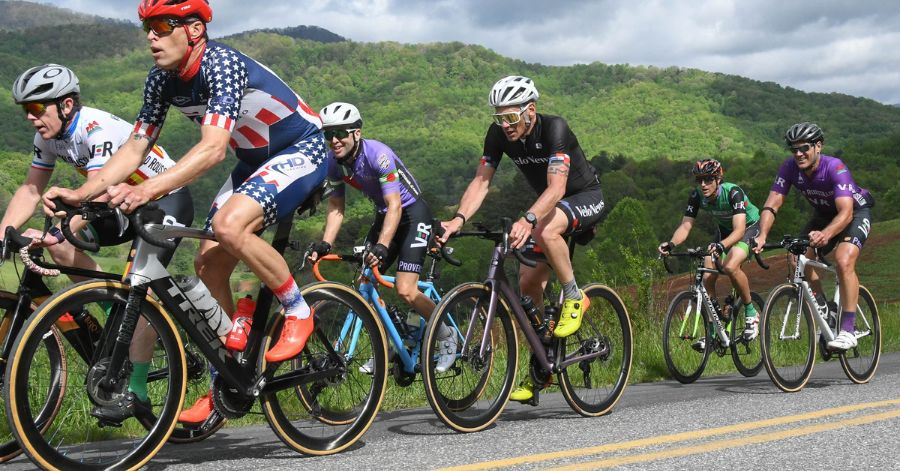
For general fitness maintenance, experts recommend getting at least 150 minutes of moderate aerobic activity like biking each week. To see more impressive fitness results from cycling, aim for:
- 4-6 weeks: First conditioning effects start kicking in. You’ll notice it’s getting easier to ride the same distances.
- 8-12 weeks: Aerobic fitness and leg muscle strength are showing significant improvement. More challenging rides feel manageable.
- 6+ months: Maximum gains in endurance and overall fitness achieved through sustained, frequent cycling.
Of course, the timeline can vary depending on your starting fitness level, intensity of riding, and other factors like age and genetics. But with regular training, you’re bound to experience the incredible feelgood benefits of cycling!
Take It Slowly
While the goal of a 30-mile ride is very attainable for most active people, it’s crucial that you take your training up to that level gradually. Overexerting yourself too soon on the bike can quickly lead to injury, burnout, and wanting to quit.

It’s always better to be undertrained for your first 30-mile attempt rather than overtrained. Start with much shorter ride distances (e.g. 5-10 miles) a few times per week. When that feels comfortable, add just a couple miles to your long ride week over week.
A sample weekly schedule could look like this:
- Monday: 5 miles easy
- Wednesday: 5 miles with some harder efforts
- Saturday: 10 miles easy (long ride)
- Total: 20 miles
Then the following week, increase the long ride to 12 miles. The next week, 14 miles. And so on, giving your body времени to adapt to the increasing workload. Most cyclists can safely work their way up to 30 miles within 2-3 months using this strategy.
Remember, a key component of any training plan is to build in rest days or very easy recovery rides. Overtraining is a real risk that can sabotage your progress.
Recommended Post: Lime Electric Scooter Rental: A Transparent Cost Analysis
Consider the Weather
One often overlooked factor that can significantly impact your 30-mile ride time is the weather and environmental conditions. Heat, cold, wind, rain, and road surfaces can all make a huge difference in how fast you can travel.
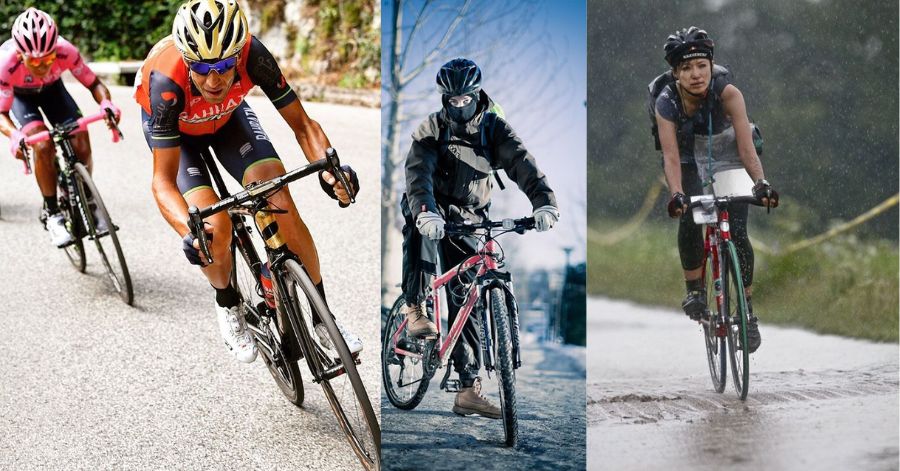
Hot and humid conditions, for example, will likely force you to ride at a slower pace to avoid overheating. Windy days mean you’ll be exerting much more effort to maintain speed, especially if headwinds are involved. And navigating through heavy rain demands more caution and thus slowdown.
That’s why it’s always advisable not to get too fixated on hitting an exact target time for 30 miles, at least early on. Instead, focus on completing the full distance feeling strong and steady. Over time and with experience, you’ll get better at planning ideal days and adjusting your effort level for different conditions.
In any case, be sure to prioritize safety over speed if extreme weather or environmental factors arise. It’s never worth risking a crash or heat illness just to beat the clock. Live to ride another day!
Want to Make Your Biking More Worthwhile?
So you’ve prepared your mind and body for the 30-mile challenge. But there are some additional strategies you can deploy to make the most of those long rides and enhance your overall experience.
Have a Good Bike Companion
While solo rides have their own mental restorative benefits, having a cycling partner can make a huge difference on bigger mileage days. Riding with a friend helps to:
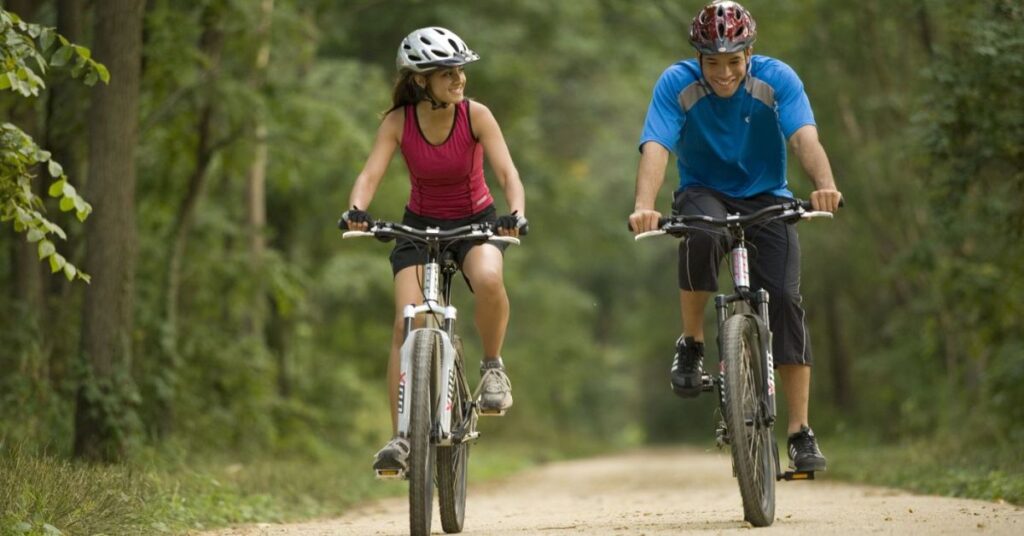
- Stay motivated and accountable: It’s easier to keep going when you have someone to chat with and encourage you through the tough miles. You’re less likely to cut the ride short.
- Increase safety: Riding with a buddy mitigates risks like mechanical issues, crashes, or getting lost on the route. You can look out for each other.
- Make the miles fly by: Having someone to talk to makes the time and distance go much faster compared to solo riding. You’ll barely notice when you hit 30!
That said, be realistic that you may need to split up and ride at different paces for portions of the route. One rider pushing too hard to keep up can potentially ruin the ride for both of you.
Map Out a Route
Heading out for a 30-mile ride without having a route mapped is a recipe for getting lost, dealing with heavy traffic, or ending up on roads you didn’t intend. Putting some thought into planning your route ahead of time is a must.
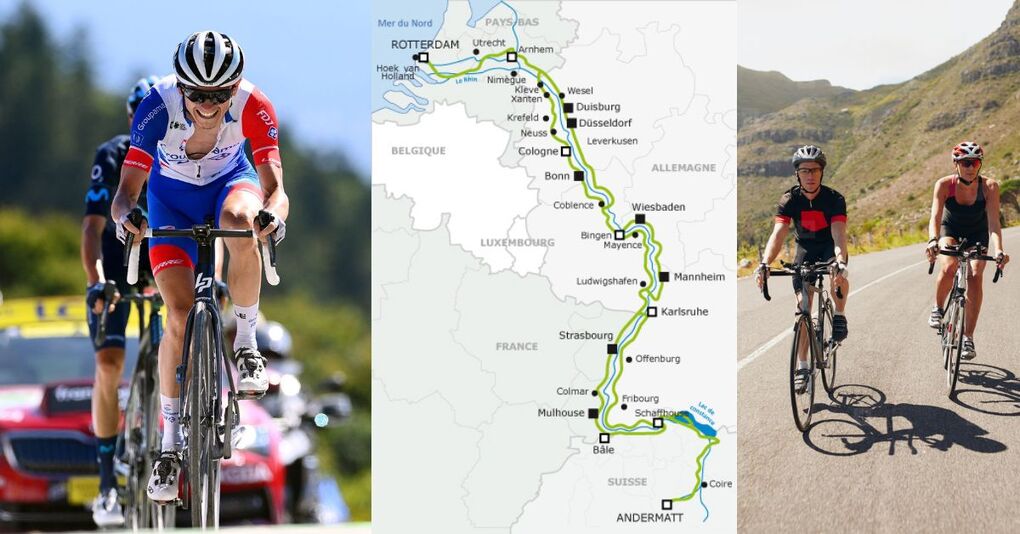
Popular cycling apps and websites like Strava, RidewithGPS, and Komoot make it easy to map out bike-friendly routes complete with turn-by-turn cue sheets. You can even browse routes created by other local cyclists.
When selecting your 30-mile course, consider the following factors:
- Terrain: Are you looking for a flat ride or one with some climbing? Map accordingly.
- Traffic: Try to maximize bike paths/trails and low-traffic roads as much as possible.
- Scenery: Pick a route that travels through areas you’d enjoy viewing like parks, coastlines, etc.
- Services: Look for routes that pass by convenience stores, restaurants, etc. to restock food/drinks.
In general, it’s best to go for loop routes that avoid lots of retracing the same roads. This keeps things interesting. You can also link together several neighborhood routes to create a long cycle.
For city/urban environments, use “hazard maps” on apps to avoid busier roads. In rural areas, consider sticking to well-traveled routes for safety.
Mapping your route lets you know exactly what you’re getting into and minimize surprises. It’s a key strategy for an optimal 30-mile experience!
Nutrition and Hydration
Proper nutritional prep is essential for not just completing but truly thriving on a long 30-mile bike ride. You need to ensure you’re fueling your body with enough calories and hydration to sustain that level of extended exercise.
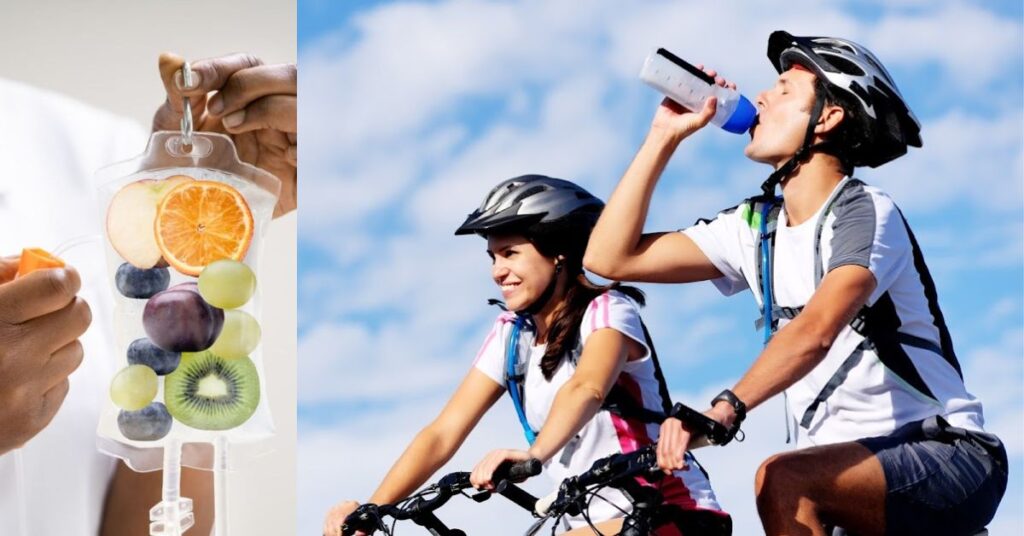
Before heading out, fuel up about 1-4 hours before with a small meal comprised of complex carbs, protein, and healthy fats. Examples are:
- Oatmeal with banana and peanut butter
- Whole grain toast with scrambled eggs
- Greek yogurt with granola and berries
During the ride itself, you’ll want to consume 30-60g of carbs per hour from sources like:
- Energy bars, chews, or gels
- Fresh or dried fruit
- Nutrition shakes/smoothies
- Small sandwiches or wraps
Don’t neglect hydration either. You should be drinking 4-8oz of a sports drink or electrolyte beverage every 15 minutes during the ride to maintain fluid levels.
Post-ride, aim to get in a recovery meal with protein and complex carbs within 30 minutes of finishing. Things like chocolate milk, protein shakes, lean meats, and vegetables/grains are perfect.
Dialing in your nutrition and hydration is key to riding strong for the full 30 miles and rebounding quickly after. Don’t let poor fueling derail your big accomplishment!
Grab Good Equipment
While you don’t need a top-of-the-line bike worth thousands to ride 30 miles, having a high-quality, well-maintained bike that fits you properly makes a huge difference in comfort and efficiency over those long distances.

At a minimum, your bike should have appropriate gearing for the terrain, smooth-rolling tires in good condition, and a professionally fitted saddle and cockpit. Upgrade components like lighter wheels and clipless pedals as your budget allows.
Beyond the bike itself, there’s some essential gear you’ll want for a 30-mile ride:
Helmet: A well-fitted cycling helmet is non-negotiable for safety. Look for one with good air ventilation.
Cycling Shorts/Chamois: The padded insert helps prevent saddle discomfort and chafing over long rides.
Jersey/Base Layer: Moisture-wicking fabrics will help keep you drier and more comfortable in the saddle.
Repair Kit & Tools: Flat tires happen, so carry a pump, tire levers, multi-tool, and spare tube.
Bottles/Hydration Pack: You’ll need to continually hydrate over 2+ hours. Most bikes can fit 2-3 bottle cages.
Cycling Computer: Devices like GPS bike computers let you track time, distance, and other metrics.
Accessories: Other useful items are cycling gloves, UV protection sunglasses, bike lights, and high-viz gear.
Don’t skimp on quality bike maintenance and gear prep. Having your equipment fully dialed and ready to roll ensures you can focus 100% on nailing that 30-mile goal!
Read More: How to Remove Electric Bike Battery? A Comprehensive Guide:
Setting a Realistic Goal
By this point, you have a solid understanding of the factors that influence how long it will take you to bike 30 miles. Now it’s time to set a concrete goal pace and time to target based on your individual fitness level and experience.
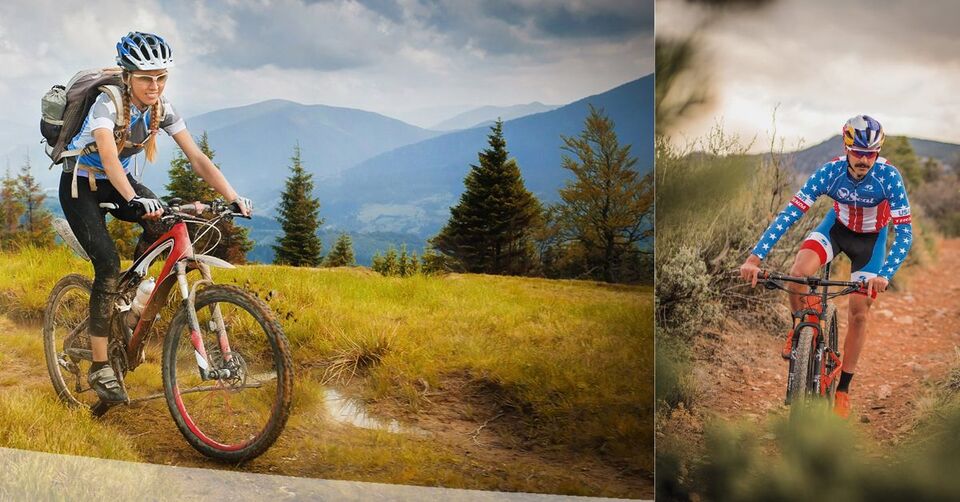
Tracking your rides with a cycling computer or smartphone app is the easiest way to gauge your current ability level. These devices can tell you your real-time speed, distance traveled, and elapsed time.
As a starting point, use the guidelines we covered earlier on typical beginner, intermediate, and advanced cycling paces. Then make adjustments based on your recent ride data.
For example, if you’re relatively new to cycling and your comfortable pace for 10-15 mile rides tends to be around 11 mph, then a goal of 3 hours (11mph average) for 30 miles is appropriate to target. An experienced rider who routinely averages 16-17 mph can likely aim for 2 hours.
It’s crucial to set a realistic goal rather than shooting for an overly ambitious time that could lead to burnout or injury from pushing too hard. Remember, just completing the full 30 miles should be considered an accomplishment regardless of your finishing time!
That said, don’t be afraid to give yourself a challenge by bracketing your time goal. For example:
Goal: Finish 30 miles in 3 hours (+/- 30 mins)
This means finishing between 2.5-3.5 hours is your acceptable range to shoot for. That built-in window allows you to really push the effort without being overly dejected if you come up just a bit short of the 3-hour mark.
As you gain more experience, you can start setting more specific time goals for 30 miles. But in the beginning, just focus on completing the full distance feeling strong and accomplishing that personal milestone!
Training Plans
Putting in some dedicated training is the best way to ensure you have the fitness and stamina to successfully complete your 30-mile cycling goal. But where should you start?

Here’s a basic 8-week training plan aimed at preparing you to ride 30 miles. You can scale the mileage up or down to suit your current level:
Week 1:
- Mon: 30 mins easy spinning
- Wed: 30 mins with intervals (5x2min hard efforts)
- Sat: 10 miles easy/moderate
Week 2:
- Mon: 45 mins easy
- Wed: 30 mins with intervals
- Sat: 12 miles moderate
Week 3:
- Mon: 45 mins easy
- Wed: 45 mins with hill repeats (6×2 min climbs)
- Sat: 15 miles moderate
Week 4:
- Mon: 30 mins recovery spin
- Wed: 45 mins with intervals
- Sat: 18 miles moderate
- Sun: 60 mins easy endurance
Week 5:
- Mon: 45 mins easy
- Wed: 60 mins including intervals
- Sat: 20 miles moderate
- Sun: 75 mins endurance
Week 6:
- Mon: 60 mins endurance
- Wed: 45 mins with intervals
- Sat: 25 miles moderate
- Sun: 60 mins recovery spin
Week 7:
- Mon: 45 mins easy
- Wed: 60 mins endurance
- Sat: 30 miles moderate (big ride!)
Week 8:
- Mon: 45 mins easy
- Wed: 30 min recovery spin
- Sat/Sun: Actual 30-mile event!
The key points of this training plan are:
- Gradual weekly mileage increases to build endurance
- A mix of endurance, high-intensity, and climbing/strength efforts
- Incorporating rest/recovery days
- Tapering before your big 30-mile effort
Of course, feel free to substitute other rides that fit your schedule and experience level. Apps like Trainer Road and Zwift offer pre-built structured training plans as well.
The most important things are building up mileage safely, varying your workouts, and spacing out your longest/hardest rides appropriately. With 8 weeks of solid training, you’ll be ready to rock that 30-mile goal!
Conclusion
At the end of the day, the ability to bike 30 miles is more about determination and smart training than pure physical talent. It’s a lofty yet very realistic goal that any rider can work towards with the proper mindset and approach. The tremendous rewards from the euphoric sense of accomplishment to the incredible health benefits – make the effort more than worth it.
If you’re feeling inspired to take on this cycling challenge, start mapping out your route and devising that training plan today. Don’t be intimidated by the mileage. Commit to progressively increasing your rides over the next 2-3 months while fueling yourself properly. Listen to your body, train consistently, and very soon those 30 miles will be well within your grasp.
Conquering a major cycling goal like this opens the door to keep pushing your limits further and further. Once you nail that first 30-mile ride, you can aim for metric centuries, multiple spin classes back-to-back, or even competitive cycling events in the future. The possibilities are endless when you achieve this breakthrough accomplishment.
Frequently asked questions
How many miles is 1 hour on a bike?
The distance you can bike in an hour depends on your speed. For a casual pace, you might bike around 10-12 miles. If you’re more experienced, you could go around 15-20 miles.
How many miles is 30 minutes biking?
In 30 minutes, you might bike 5-10 miles at a casual pace, or up to 10-15 miles if you ride faster.
How many hours is 30 km on a bike?
At a moderate pace, biking 30 km can take around 1.5 to 2 hours, depending on your speed and the terrain.
Can I bike 100 miles a day?
Biking 100 miles in a day is achievable for experienced cyclists who are well-prepared. It requires endurance and proper pacing.
Is 30 minutes of cycling enough?
Yes, 30 minutes of cycling can provide a good workout and has health benefits. It’s a great daily exercise for general fitness.
Can you bike 10 miles in 30 minutes?
Biking 10 miles in 30 minutes requires an average speed of 20 miles per hour, which is achievable for experienced cyclists on flat terrain.
How many miles is 25 minutes on a bike?
In 25 minutes, you might bike around 5-7 miles at a moderate pace, depending on your speed.
Is biking good for weight loss?
Yes, biking is an excellent form of cardio exercise that can help with weight loss when combined with a healthy diet. It burns calories and builds muscle tone.

